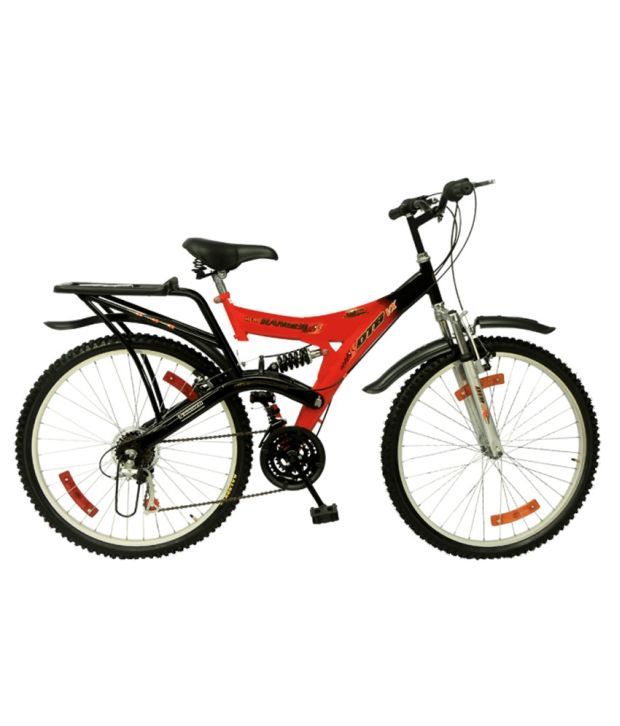

These premium boutique fitness centers are doing well, as indicated by their plans to expand into more Chinese cities. Another boutique studio offers a monthly pass for unlimited classes that rings up at just under RMB 2,000 (US$293). In Shanghai, one spinning center with a club-style atmosphere – flashing lights and loud music – charges an annual membership fee that costs RMB 22,000 (US$3,221). With these smaller, specialized gyms comes a heftier price tag. The Chinese consumer is shifting towards a gym where they can specialize in a certain exercise, like yoga, CrossFit, or Pilates. Multipurpose or boutique style gyms are also popping up more frequently, breaking the mold of the classic large, franchised gym. For example, in June 2017, the US-based Anytime Fitness announced plans to establish 500 new gyms in China over the next several years. Many foreign franchise giants already have plans to enter the market or expand existing operations. In Tier 1 and Tier 2 cities, around five percent of the population is actively working out in gyms. Today that number has grown massively, to over 37,000 gyms.Īccording to a report from the China Business Research Academy, gym memberships in China reached 6.6 million in 2016 – double the amount of memberships from 2008. In 2001, the Chinese gym-goer was limited to roughly 500 options for training facilities across the nation. Fitness clubs, multipurpose gyms: China joins the workout lifestyle trend Given China’s growing affluent consumer base and a push from the government to be a more active nation, there are no signs that the country’s fitness industry will slow down anytime soon. The segment is expected to post only single digit growth in the coming years, to reach about RMB 192.4 billion (US$28.17 billion) by 2020. This contrasts with spending in China’s once booming luxury goods market, which has relatively slowed down. Parallel to this growth is China’s rapidly expanding sportswear market, which is projected to hit RMB 280.8 billion (US$43.10 billion) by 2020, according to Euromonitor. Today, the country’s gym and fitness sectors make for a US$6 billion industry. And, with growing numbers of Chinese consumers embracing a more active and healthy lifestyle, their spending habits are moving beyond consumer products. You can go ahead and choose your exercise bike from brands like Fitkit, Durafit, Adrenex, BIONFIT, Lifelong, and many others.Chinese urbanites are trading in their designer handbags for gym bags and their stilettos for sneakers.
FITNESS HERO COST INSTALL
These exercising equipment are easy to install and often come with the tools required for the installation. The bikes come with a wide, stable base to ensure that your bike is firmly grounded while cycling. These bikes also come with a resistance knob to adjust according to your comfort level. You will get an adjustable seat to adjust the height according to your convenience. Some bikes also have a phone holder so that you can glide your phone in a while working out to keep track of your calls. Many bikes come with a holder to hold water bottles so that you can quickly hydrate. You can get bikes with heart rate sensors so that you can keep a check on your heart rate while sweating it out on the bike. Besides burning your belly fat, it will give you excellent cardio exercise, thereby building muscle strength, making your heart stronger, and improving your immune system. It will give you the benefit of cycling within the comfort of your home. You can get home an exercise bike to never miss out on your daily workouts.


 0 kommentar(er)
0 kommentar(er)
